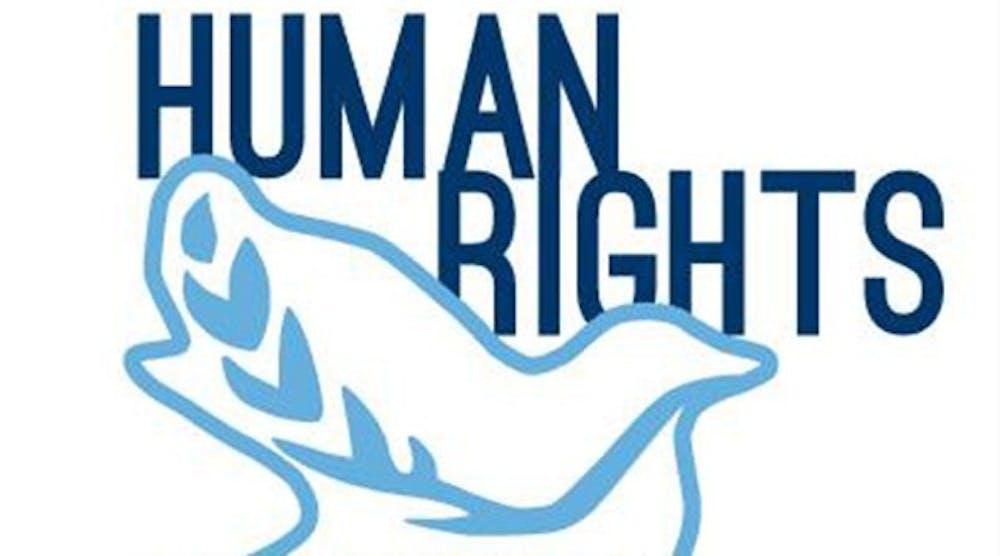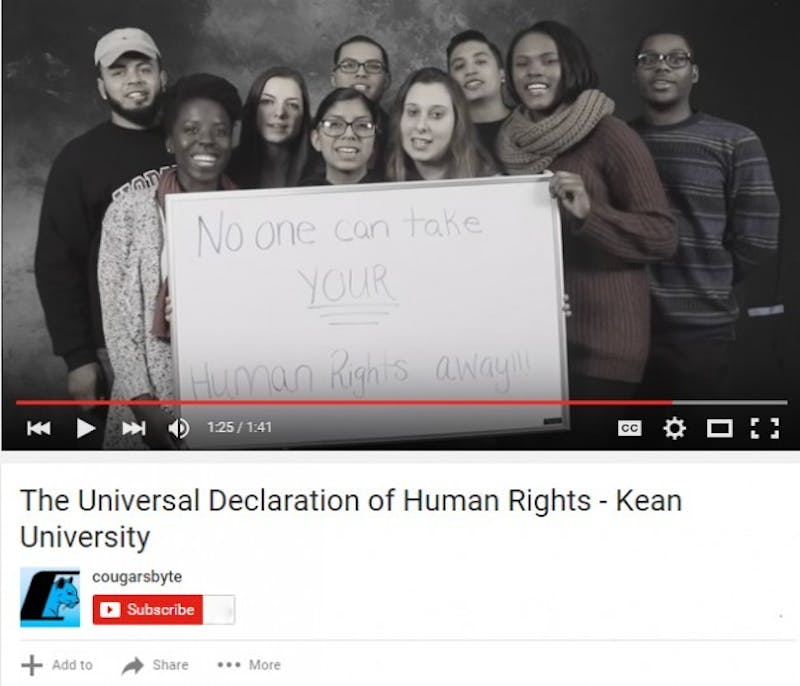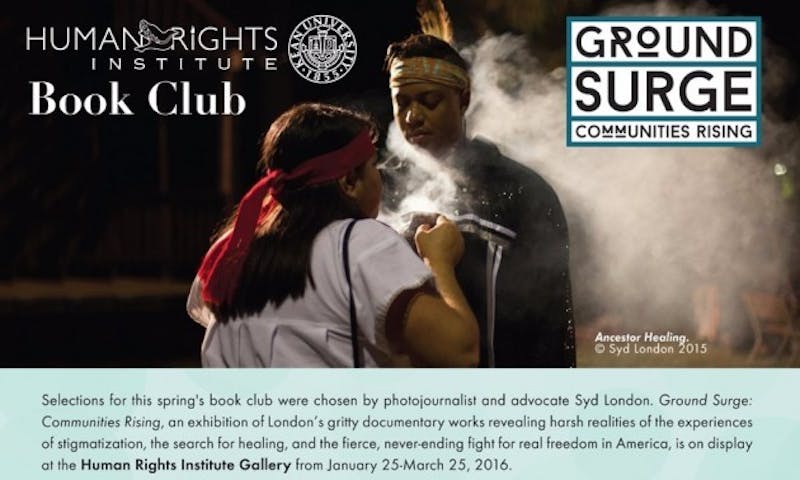The idea of human rights is merely the knowledge that every human is entitled to certain privileges. These privileges include basic survival entities including food, shelter, clothing, safety, freewill, and mobility. Unfortunately, people are not always granted their basic rights as humans.
Sometimes it is poverty, and sometimes it is physical disabilities that prohibit them. Regardless of the cause, these basic freedoms should be accessible to everyone. American human rights activist and author John Prendergast has organized several events throughout the week. His goal is to showcase the different ways that people have come together in the world to bring the less fortunate the human rights that they are entitled to. Prendergast is an advisor to the organizationNot on our Watch, run by founders Brad Pitt, George Clooney, Matt Damon, and Don Cheadle. “You never know what kind of impact you can have in the world when you cross the line from bystander to up stander,” Prendergast stated in his opening introduction.
The first event was the Human Rights by Design conference, held in the Green Lane Academic Building (GLAB). The affair strove to showcase the ways design can be used in the assistance of someone’s life and ways they can be granted their human rights.
The occasion featured guest speaker Mick Ebeling, CEO of Not Impossible Labs, who gave a very inspirational speech regarding his work with human rights and his passion to help others who are less fortunate. His motto is “commit, and then figure out.” Ebeling stated, “The reason I started Not Impossible Labs is to use creative knowledge and design to brighten humanity.” His first introduction to the Human Rights Movement was when he met a teenage boy named Tony “Tempt” Quan. Quan is a Los Angeles renown graffiti artist who was diagnosed with Amyotrophic Lateral Sclerosis ALS in 2003, leaving him paralyzed with only the use of his eyes. He could no longer speak or communicate in any way, but most importantly, he couldn’t express himself through his graffiti anymore.
When Ebeling heard about this, he decided to help out the best he could. He began by purchasing a “Steven Hawking” machine for Quan to be able to communicate again. He then gathered coders and designers and brainstormed a way for Quan to be able to draw again. After 2 weeks of designers working day and night, they came up with a device that consisted of a pair of eyeglasses and a webcam. This device allowed him to draw on computer software using the movements of his eyes.
They called it the EyeWriter and after the success of the device, TIME Magazine named it one of the 50 most creative inventions of 2010. The device was also showcased in the Museum of Modern Art in Manhattan. Using the EyeWriter after being paralyzed for seven years, Quan stated, "It feels like taking a breath after being held underwater for five minutes."
In addition to Human Rights by Design, Prendergast hosted a screening of the documentary, “Sand and Sorrow” narrated by George Clooney the Little Theatre in the UC on Thursday, March 26, 2015. The film spoke about the region of Darfur, Sudan and the repercussions following the genocide of Darfur. Following the film, Prendergast led a conversation discussing the documentary with audience members.
More information about John Prendergast can be found on his blog atwww.enoughproject.org
More Information regarding Mick Ebeling and theNot Impossible mission can be found atwww.notimpossiblelabs.com
More information concerning Human Rights events at Kean, and how to get involved can be found athttp://www.kean.edu/academics/human-rights-institute






